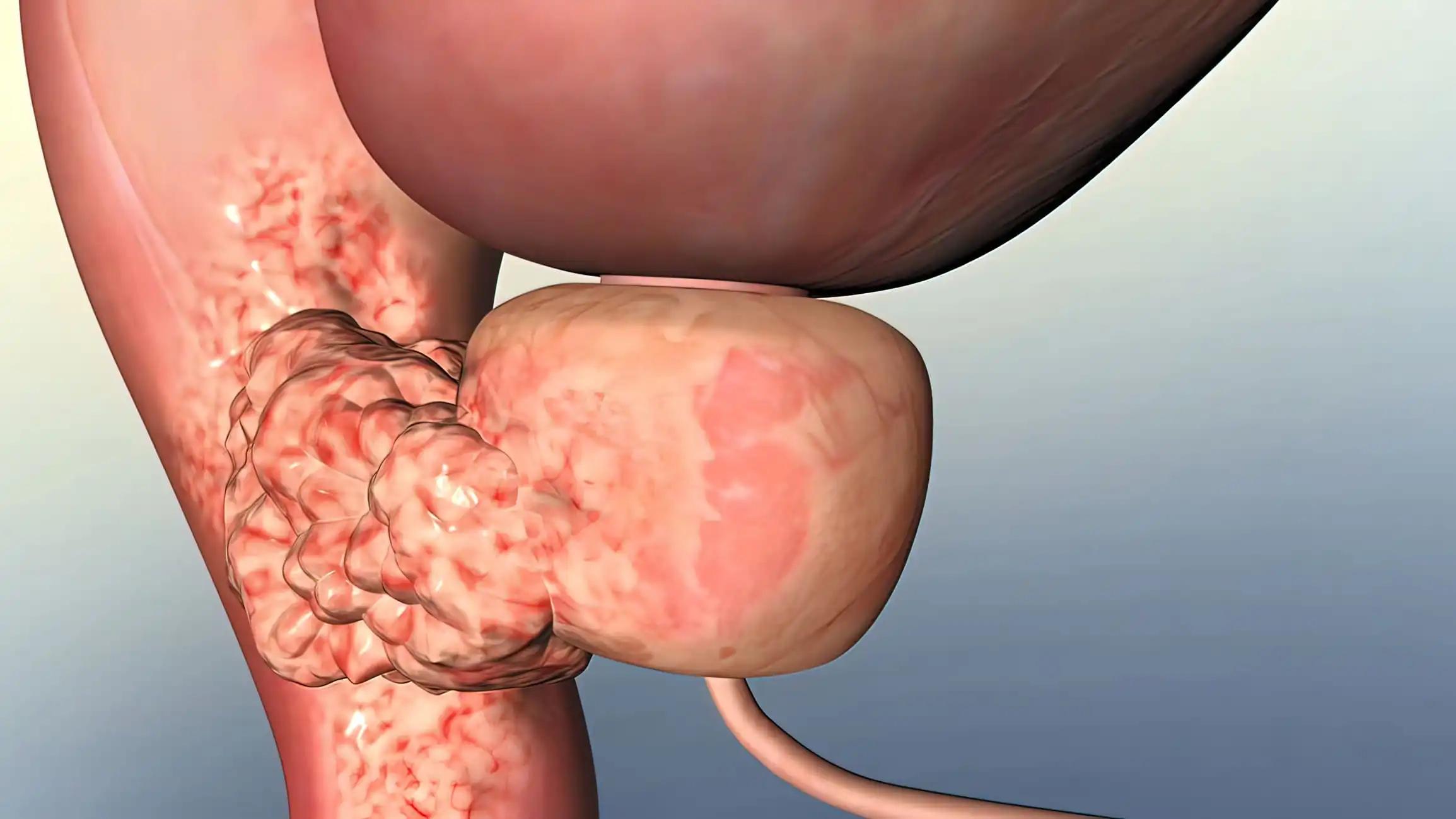KEY TAKEAWAYS
- The Phase III PEACE-1 study compared the efficacy and safety of abiraterone acetate + prednisone (AAP) in treating male patients with mCSPC.
- The 4 arms of the study were androgen deprivation therapy + docetaxel (A), androgen deprivation therapy + docetaxel + abiraterone acetate + prednisone (B), Arm A + radiotherapy (C), and Arm B + radiotherapy (D).
- The advantage of AAP on radiographic progression-free survival (rPFS) tended to decline with age.
Older men (OM) are mainly affected by metastatic castration-sensitive prostate cancer (mCSPC). The PEACE-1 Phase posthoc III study looked at the safety and effectiveness of abiraterone acetate + prednisone (AAP) in older (> 70 years old) and younger ( 70 years old) patients.
This study randomly assigned men with de novo mCSPC to the standard of care (SOC), SOC + AAP, SOC + radiotherapy (RXT), or SOC + AAP + RXT. Initially, SOC consisted of androgen deprivation therapy (ADT) alone; however, starting in October 2015, docetaxel (D) was also permitted as part of SOC.
A total of 431 older men (OM) and 741 younger men (YM) were randomly assigned. Compared to YM, OM showed more PS (ECOG 1-2) abnormalities (36% vs 26%, p=0.0003) and less frequent docetaxel (D) use (66% vs 51%, p0.0001) as part of SOC. Significantly higher rates of hypertension (56,5% vs 38,2%, p0,001) and type 2 diabetes (15,5% vs 11%, p=0,029) were found in OM.
Independent of D use, the median time to AAP discontinuation was shorter (30.0 months [95%CI= 22.1; 35.4] vs. 41.4 [95%CI= 31.5; 54.0]), and adverse events or death occurred more frequently in the older group than the younger population. With increasing age in the general population, the advantage of AAP on radiographic progression-free survival (rPFS) tended to decline: (HR 0.65, 95%CI 0.42-1.01) in OM vs. (HR 0.49, 95%CI 0.35-0.69) for YM. On overall survival (OS), the same pattern was seen: (HR 0.95, 95%CI 0.72-1.25) for OM vs. (HR: 0.73, 95%CI 0.58-0.92) for YM.
The rPFS benefit of AAP was similar in OM (HR 0.55, 95%CI 0.29-1.04) and in YM (HR 0.5, 95%CI 0.33-0.78) in men who were eligible to receive the SOC made up of ADT+D. In OM and YM, respectively, the OS advantage of AAP was (HR 0.80, 95%CI 0.53-1.2) and (HR 0.71, 95%CI 0.52-0.95). According to safety statistics, severe adverse events (grades 3-5) occurred more frequently in OM receiving AAP than in YM (69% vs. 61%) but not more frequently in older or YM not receiving AAP (48% vs. 47%). This diminished benefit is probably the result of increased toxicity, which causes early and more frequent drug discontinuation.
Source: https://meetings.asco.org/abstracts-presentations/217322
Clinical Trial:https://clinicaltrials.gov/ct2/show/NCT01957436
Mourey, L., Boyle, H. J., Roubaud, G., McDermott, R. S., Supiot, S., Tombal, B. F., Flechon, A., Berthold, D. R., Ronchin, P., Kacso, G., Berdah, J. F., Calabro, F., Gravis, G., Palumbo, S., Gil, T., Vie, B., Ribault, H., Fizazi, K., Foulon, S. & Carles J. (2023). J Clin Oncol 41, 2023 (suppl 6; abstr 20) DOI: 10.1200/JCO.2023.41.6_suppl.20



